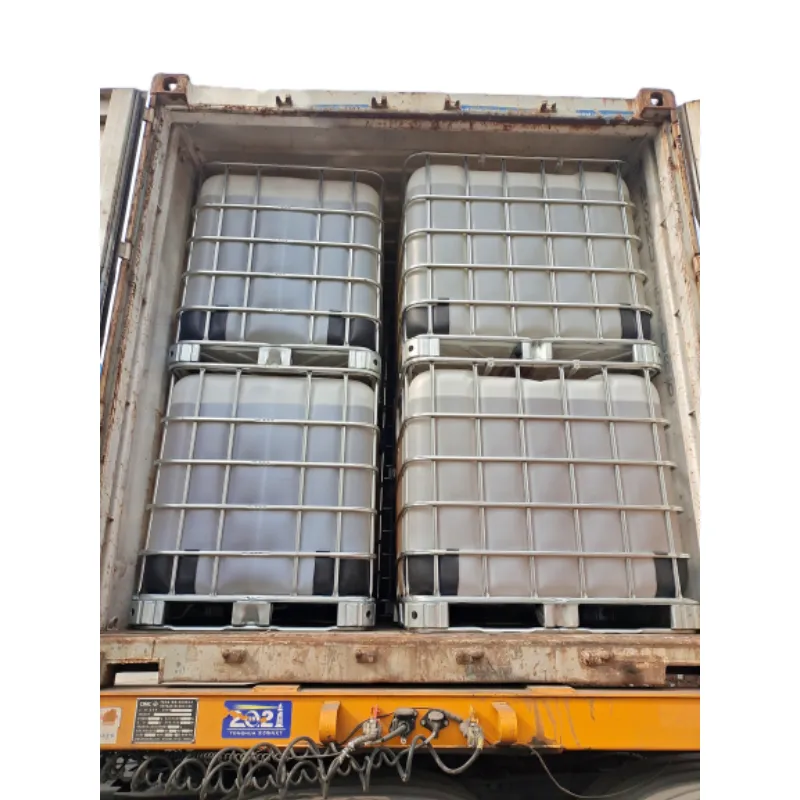
Exploring the Properties and Applications of Styrene Butadiene Styrene Rubber in Industry
Understanding Styrene-Butadiene-Styrene (SBS) Rubber
Styrene-Butadiene-Styrene (SBS) rubber is a highly versatile synthetic elastomer that has become an essential material in various industries due to its unique properties. This thermoplastic copolymer is made from styrene and butadiene, which are both crucial components that contribute to its performance characteristics. SBS rubber combines the attributes of rubber and plastic, making it suitable for multiple applications, especially in the construction, automotive, and consumer goods sectors.
Properties of SBS Rubber
STYRENE-BUTADIENE-STYRENE rubber is renowned for its excellent elasticity, resilience, and durability. The incorporation of styrene provides the material with rigidity and strength, while the butadiene component imparts flexibility and toughness. These combined properties allow SBS rubber to stretch and return to its original shape while also resisting wear and deformation over time. Moreover, SBS rubber boasts good resistance to weathering, UV rays, and various chemicals, making it ideal for outdoor applications.
Another essential characteristic of SBS rubber is its ability to undergo thermal processing. This thermoplastic nature allows it to be easily molded and shaped into different forms, which is a significant advantage during manufacturing. Due to its flowability when heated, SBS can be applied in numerous ways, including extrusion, injection molding, and blow molding, providing designers and manufacturers with great versatility in production processes.
Applications of SBS Rubber
The applications of SBS rubber span a broad range of industries. One of the most notable uses is in the automotive sector, where it is employed in manufacturing tire treads and other components. The excellent wear resistance and flexibility of SBS help enhance the performance and lifespan of tires, contributing to safety and efficiency on the road.
styrene butadiene styrene rubber

In the construction industry, SBS rubber is often used in roofing materials, sealants, and adhesives. Its waterproofing capabilities and adhesion properties make it a preferred choice for roofing membranes and sealants that need to withstand harsh weather conditions. Additionally, SBS is found in asphalt modifications, enhancing the performance of pavements and providing better resistance to cracking and deformation.
Consumer products also leverage the benefits of SBS rubber. From footwear to toys and medical devices, the versatility of this material allows for innovative designs that require both flexibility and durability. In the realm of household goods, SBS rubber is commonly found in kitchenware, grips, and non-slip mats, offering functional solutions that enhance everyday convenience.
Environmental Considerations
As concerns about environmental sustainability grow, the production and disposal of synthetic materials such as SBS rubber come under scrutiny. The rubber industry has seen advancements in the development of more sustainable practices, including recycling and the incorporation of bio-based feedstocks into the production process. Efforts are being made to reduce the environmental footprint associated with SBS rubber manufacturing, ensuring that it remains a viable option while also adhering to greener policies.
Conclusion
Styrene-Butadiene-Styrene rubber stands out as a significant material in modern manufacturing due to its unique properties and versatility. From enhancing the performance of automotive components to providing reliable solutions in construction and consumer products, SBS rubber continues to play a pivotal role across various sectors. As industries evolve and adapt to new challenges, particularly related to sustainability, SBS rubber will likely continue to innovate and remain a staple material in the global market.
-
The Safety Challenges of Ammonium Nitrate FertilizerNewsJun.26,2025
-
The Critical Role of Mining ChemicalsNewsJun.26,2025
-
Shelf Life of Glacial Acetic Acid Food GradeNewsJun.26,2025
-
Enhancing PVC Longevity with 1,2,3-Benzotriazole InnovationsNewsJun.26,2025
-
China’s Dominance in Food Additive ProductionNewsJun.26,2025
-
Can Aluminum Hydroxide Replace More Toxic Alternatives?NewsJun.26,2025
-
PE and PP Plastics with Benzotriazole AdditivesNewsJun.12,2025
Hebei Tenger Chemical Technology Co., Ltd. focuses on the chemical industry and is committed to the export service of chemical raw materials.
-

view more DiethanolisopropanolamineIn the ever-growing field of chemical solutions, diethanolisopropanolamine (DEIPA) stands out as a versatile and important compound. Due to its unique chemical structure and properties, DEIPA is of interest to various industries including construction, personal care, and agriculture. -

view more TriisopropanolamineTriisopropanolamine (TIPA) alkanol amine substance, is a kind of alcohol amine compound with amino and alcohol hydroxyl, and because of its molecules contains both amino and hydroxyl. -

view more Tetramethyl Thiuram DisulfideTetramethyl thiuram disulfide, also known as TMTD, is a white to light-yellow powder with a distinct sulfur-like odor. It is soluble in organic solvents such as benzene, acetone, and ethyl acetate, making it highly versatile for use in different formulations. TMTD is known for its excellent vulcanization acceleration properties, which makes it a key ingredient in the production of rubber products. Additionally, it acts as an effective fungicide and bactericide, making it valuable in agricultural applications. Its high purity and stability ensure consistent performance, making it a preferred choice for manufacturers across various industries.











